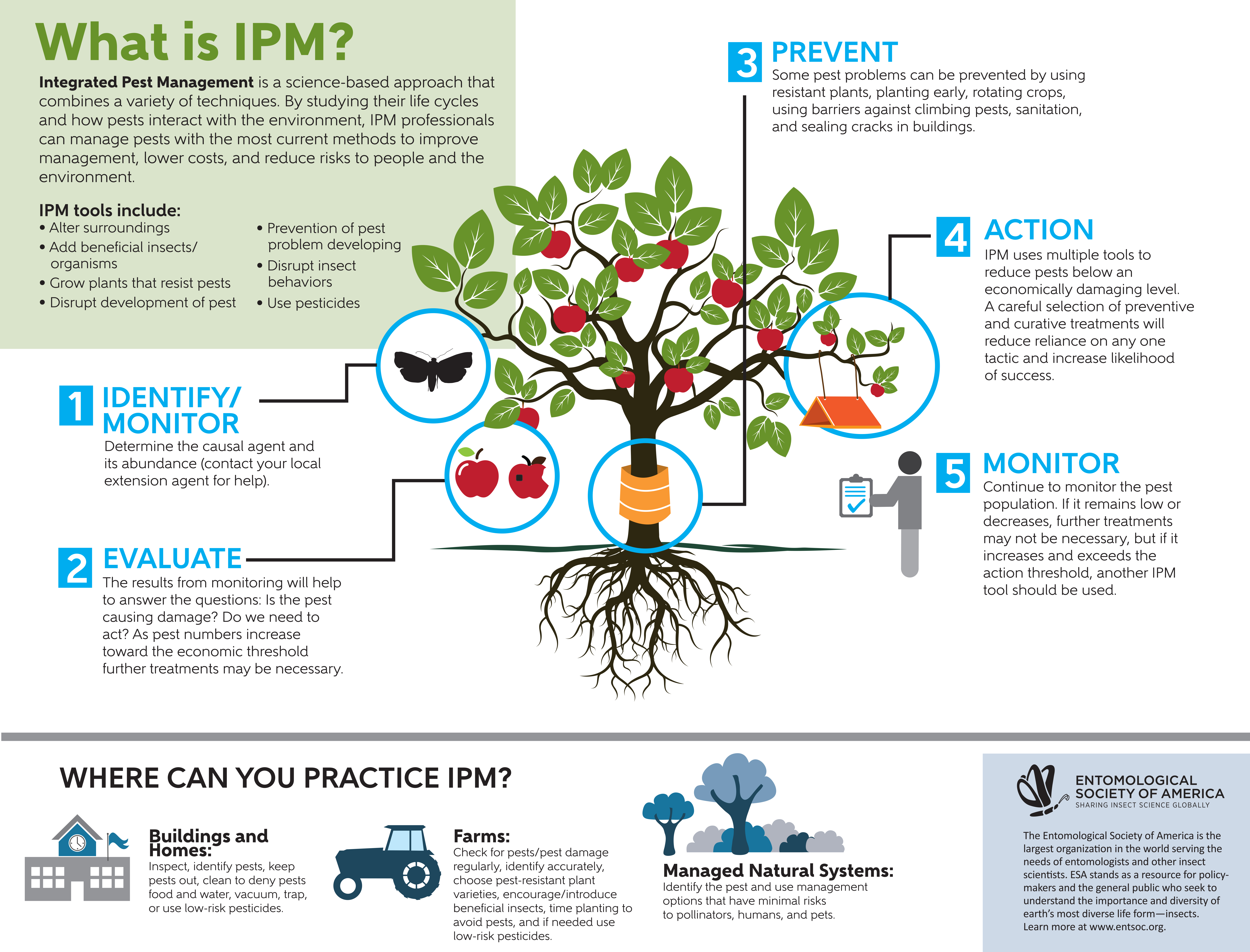Utilize Your Expertise Of Rodent Nesting Actions To Outsmart These Pest Monitoring Techniques
Utilize Your Expertise Of Rodent Nesting Actions To Outsmart These Pest Monitoring Techniques
Blog Article
Authored By-Wynn Krag
When it comes to rodent control, comprehending usual rodent habits is key to effectively managing problems. Did you recognize that rodents have some fascinating nesting habits that might stun you? By exploring their elaborate habits, you can get important insights right into just how to take on rodent issues in a more critical and reliable fashion. So, let's unravel the mysteries behind these animals' activities and learn exactly how to outmaneuver them in your rodent control efforts.
Rodent Nesting Behaviors
When observing rats in their natural environment, you'll see that they proactively choose materials to create their nests. Rats, such as computer mice and rats, are resourceful creatures that use a variety of items like branches, leaves, paper, and textile to construct their homes. They're careful in their nest-building procedure, often lining their nests with softer materials like hair or plumes to produce a comfy environment.
over here to construct their nests in concealed and safe and secure areas to shield themselves and their young from killers. Usual nesting places include wall cavities, attic rooms, cellars, and also within insulation materials. By creating their nests in these private areas, rats can securely elevate their offspring away from possible risks.
It is necessary to comprehend the nesting practices of rodents when implementing control steps. By interrupting their nests or eliminating materials, you can prevent rodents from establishing an existence in your home or property. Appropriate sanitation and sealing off entry factors are additionally vital action in stopping rodent invasions.
Rat Feeding Patterns
After observing rodents' nesting routines, it ends up being obvious that their feeding patterns play an important function in their daily lives and behaviors. Rodents, consisting of computer mice and rats, are opportunistic feeders, indicating they'll consume whatever food source is conveniently offered. They're mainly nocturnal animals, preferring to forage for food during the cover of evening to stay clear of killers.
Rodents have a diverse diet plan, ranging from grains, seeds, fruits, and veggies to pests, nuts, and even small animals. This versatility in their food choices allows them to prosper in numerous settings, consisting of urban areas where human food sources are plentiful.
Their feeding patterns aren't only driven by hunger however additionally by the requirement to accumulate food for times of deficiency. This behavior is especially obvious to prepare for cold weather or when nesting. Rats are understood to hoard food in their nests or burrows, guaranteeing a continuous food supply. Comprehending their feeding patterns is important in implementing efficient rodent control actions to interrupt their food resources and protect against invasions.
Rat Motion and Traveling
Rodents browse their surroundings with dexterity and stealth, using their keen senses to move swiftly via their atmospheres. These creatures are experienced mountain climbers, able to scale walls and upright surface areas easily. They can likewise press with remarkably tiny openings, making it essential to seal any possible entrance factors in your house.
When it concerns taking a trip, rats tend to adhere to acquainted paths, developing tracks along wall surfaces or skirting the sides of areas. They're creatures of habit, typically adhering to these established paths as they forage for food or discover their environments.
Rats are known for their nighttime behaviors, so you might hear them scooting about in the evening as they search for food and water. Their motions are quick and irregular, enabling them to dart in and out of view in the blink of an eye.
Comprehending exactly how rats relocate and travel can assist you recognize possible invasion areas in your home and take aggressive actions to avoid these pests from getting a footing.
Final thought
As you work to control rodents in your home, bear in mind that understanding their actions is key. By recognizing their nesting behaviors, feeding patterns, and activity, you can successfully stop infestations.
Coincidentally, by taking proactive procedures to get rid of food resources and seal off entrance points, you can disrupt their acquainted paths and compel them to seek out new areas, inevitably lowering the chance of rodent existence in your home.
